A modern and consistent transportation experience throughout California
Learn how the California Integrated Travel Project (Cal-ITP) is making riding by bus and train simpler and more cost-effective—for providers and customers.
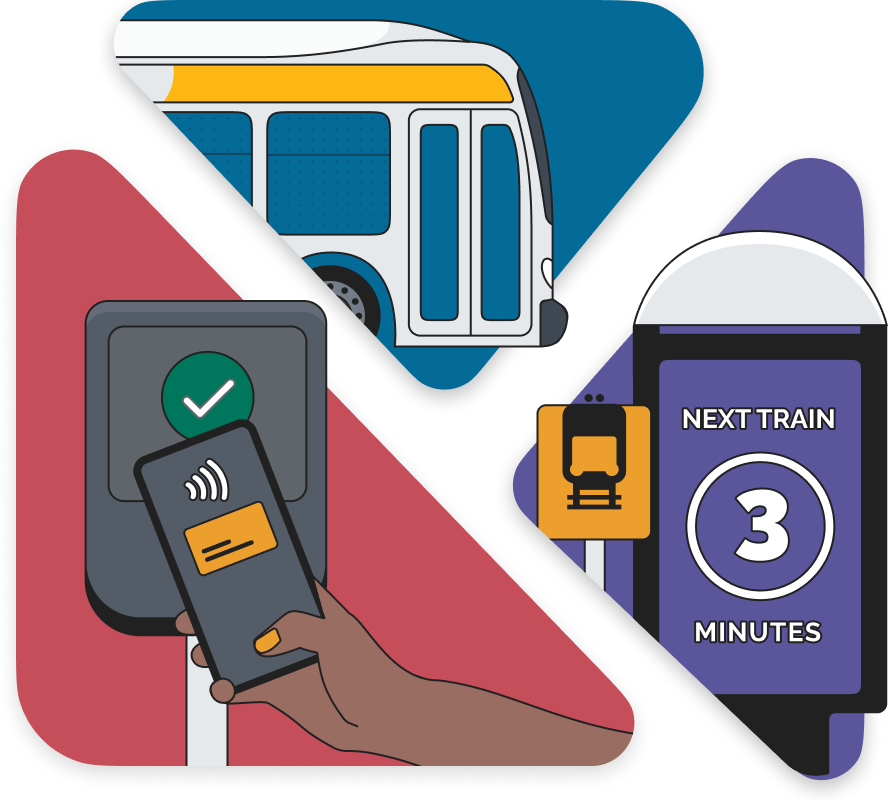


Bringing industry standards to California’s transit providers
There are hundreds of public transit providers in California—with no consistent way to collect fares, verify eligibility for fare discounts, or provide real-time vehicle information to customers on their phones.
The lack of a consistent experience creates barriers for new customers, complicates travel across different systems, and increases expenses for individual providers.
Supported by the California State Transportation Agency (CalSTA) and the California Department of Transportation (Caltrans) through a grant from the California Transit and Intercity Rail Capital Program (TIRCP), the California Integrated Travel Project (Cal-ITP) is a statewide solution to make travel simpler and cost-effective for everyone.
We are proud to collaborate with others in the state of California to help us reach our ambitious goals. Learn more about Our Partners.


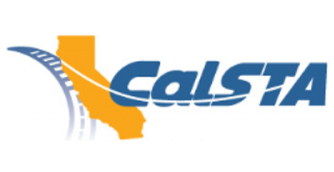
Helping California achieve critical goals through transportation
By aligning transportation payment infrastructure with a 21st-century retail experience, Cal-ITP achieves four goals:
- invites travelers toward more efficient and sustainable modes of travel;
- reduces operating costs for transit agencies;
- simplifies every traveler’s life; and
- simultaneously welcomes every single person in this country to a seamless, user-friendly system—making paying for a transit ride just as easy as buying a cup of coffee.


Explore our initiatives
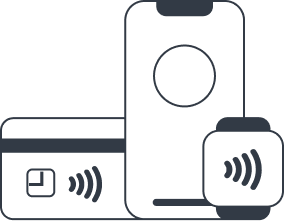
Enabling contactless payments
Riding transit should be as easy as buying a cup of coffee! Adding a contactless payment reader to a bus or train means customers can quickly and easily tap to pay as they board with the debit or credit card or smartphone that’s already in their pocket—just like they’d tap to buy a coffee.
Cal-ITP is making it easier for public transit providers to purchase the key hardware and software needed to accept contactless payments through statewide contracts established by the California Department of General Services (DGS). In addition, the Cal-ITP team provides resource materials and technical assistance throughout the process.
For more information about the products available to support this initiative, please visit the California Mobility Marketplace.
Recent News
Resources

Automating customer discounts
Our Cal-ITP Benefits web application streamlines the process for transit riders to instantly qualify for and receive discounts, starting with Monterey-Salinas Transit (MST), which offers a half-price Senior Fare. Now older adults (65+) who are able to electronically verify their identity are able to access MST’s reduced fares without the hassle of paperwork.
We worked with state partners on this product launch, and next we’re working to bring youth, lower-income riders, veterans, people with disabilities, and others the same instant access to free or reduced fares across all California transit providers, without having to prove eligibility to each agency.
Subscribe to the Benefits Monthly Update to learn more and stay connected as we expand.
Recent News
Resources
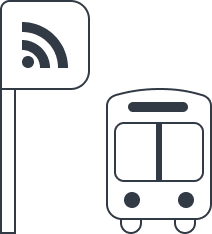
Standardizing information for easy trip planning
Cal-ITP is helping transit providers remove the guesswork for riders wondering when the next bus or train will arrive or if they’ll make their connection by using the General Transit Feed Specification (GTFS)—the global standard for publishing transit information. Cal-ITP developed California Transit Data Guidelines and is working to ensure statewide GTFS schedule/static coverage and GTFS Realtime. The Cal-ITP team will support transit providers by assessing their systems and providing technical assistance so riders can easily access complete, accurate, consistent, and timely mobility data for their journey.
Recent News
Resources


Impact across California
68%
Increase in reduced-fare transactions1
Learn how Monterey-Salinas Transit made it simpler to access transit benefits.229,988
Trips using a contactless credit/debit card2
Read how Glenn County is implementing contactless payments.- Average month over month increase in reduced-fare transactions for older adults and veterans who used Cal-ITP Benefits since online enrollment became available. ↩
- Year to date, 2024. Cal-ITP Contactless Usage Dashboard ↩
- Since 2023. Transit Data Quality Dashboard ↩


The time is now—reach out to learn more

Connect with Cal-ITP
Drop us a line at [email protected] to:- get more information
- request technical assistance
- meet our Customer Success team
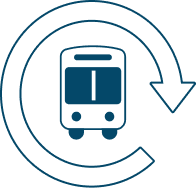
Stay up to date
See our latest milestones on our Press page, and subscribe to the Caltrans Mobility Newsletter, a free biweekly resource with frequent Cal-ITP project updates.
